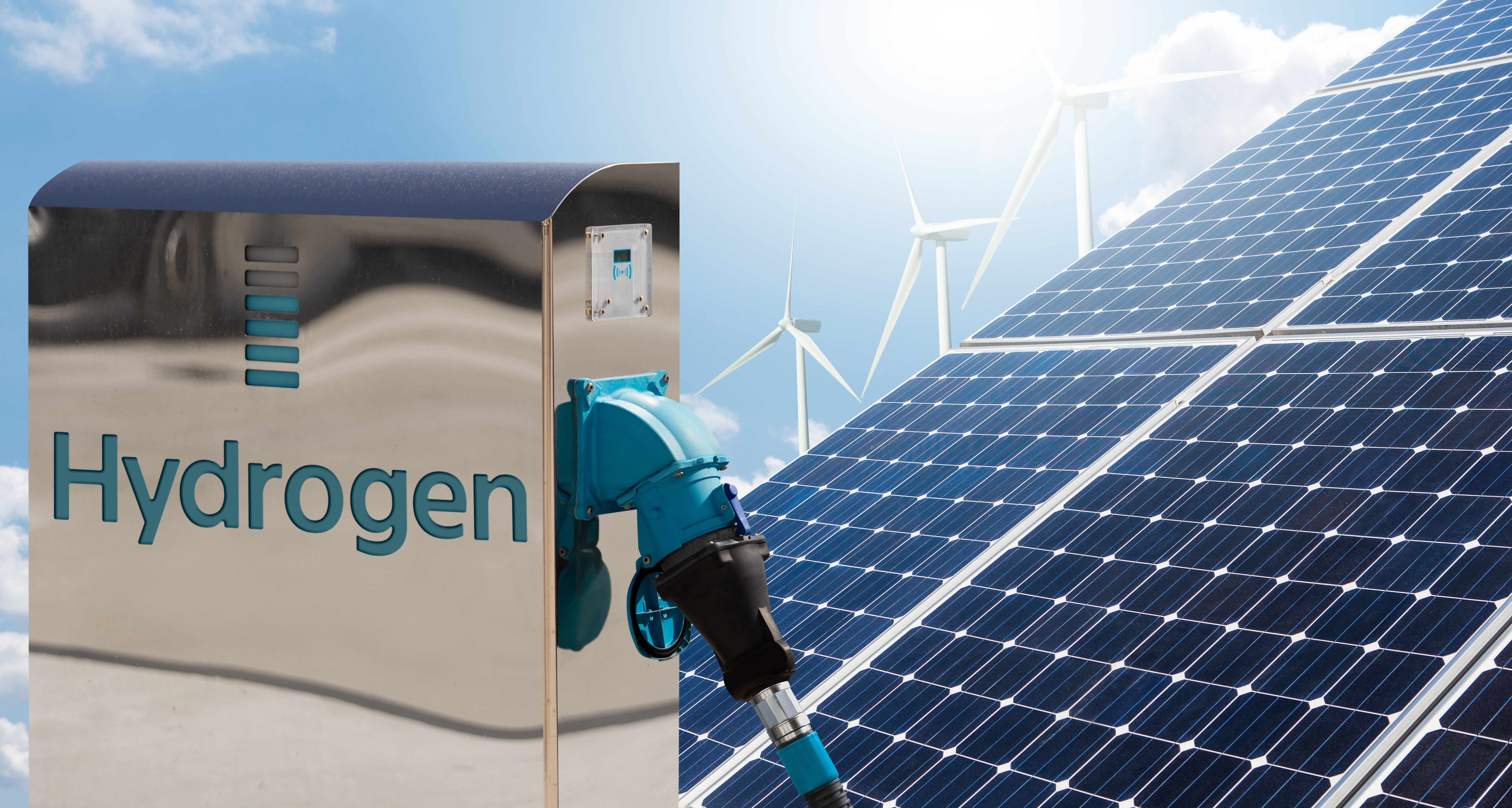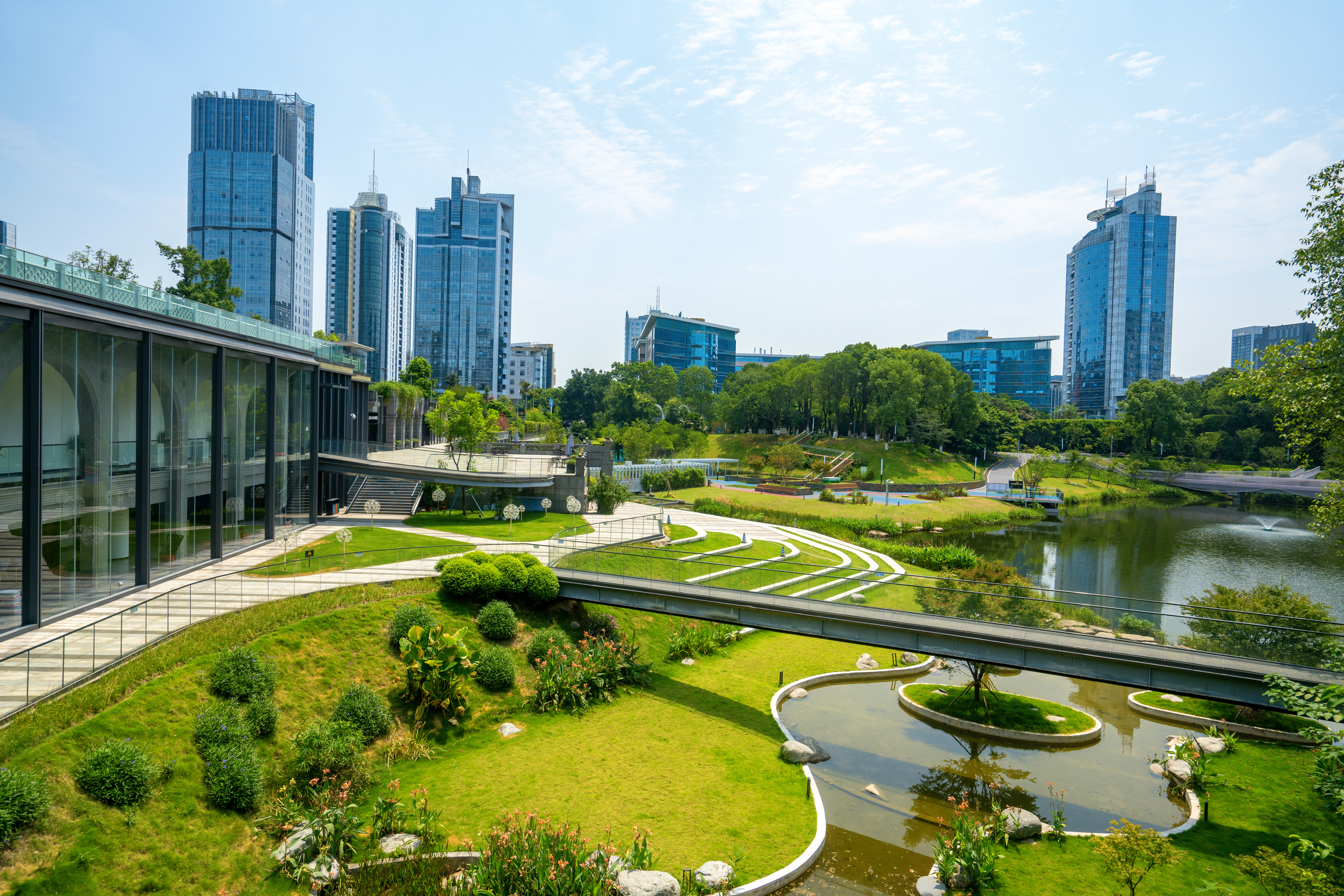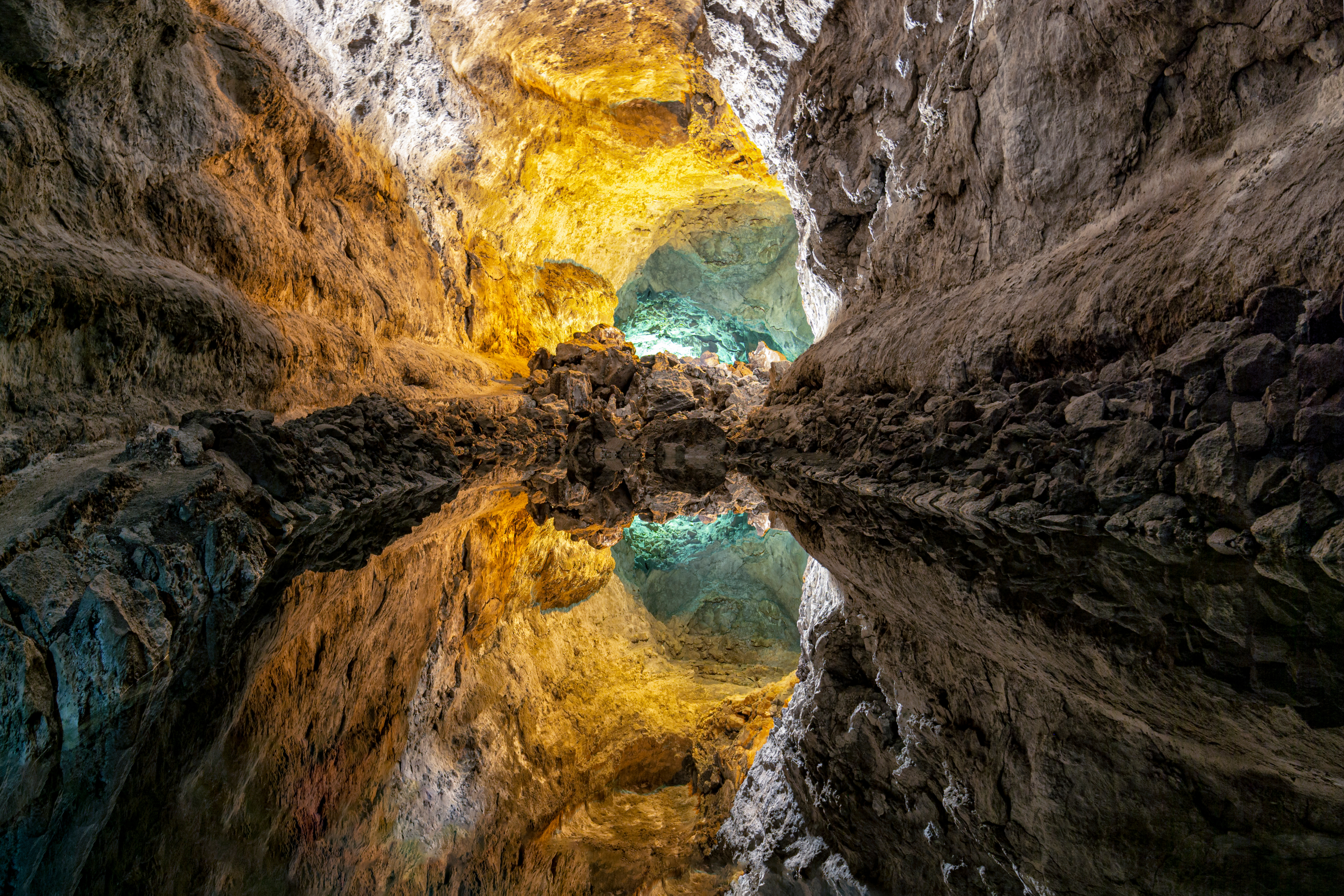
Agua de lluvia
Colectar el agua de lluvia para complementar el acceso al líquido vital de calidad es un método económico y de fácil acceso
La escasez de agua en zonas áridas o vulnerables debida al agotamiento de acuíferos y la poca eficiencia en la utilización del recurso hídrico en zonas urbanas puede corregirse apelando al viejo recurso de captar el agua de lluvia.
Por Antonio D’Eramo
Desde luego que los sistemas para conseguir utilizar las gotas que caen desde las nubes tienen sus ventajas y desventajas pero ante el incremento de la presión existente sobre la tierra con el aumento de la producción agrícola por el crecimiento de la población y sus usos, la conservación del agua se tornado uno de los objetivos principales de las agendas de los funcionarios ambientales y de las organizaciones civiles.
Al tiempo que los recursos naturales se reducen la posibilidad de preservar, proteger y controlar el uso del agua dulce se vuelve necesario para gestionar los sistemas hídricos, reducir el desperdicio y evitar la escasez.
Remarcar que la conservación del agua es esencial y que salva vidas a diario parece una obviedad gracias a las políticas de concientización acerca de la preservación del recurso natural pero, además, los ingenieros y arquitectos dan un paso más en la toma de conciencia y pasan a la acción proponiendo audaces, económicos y eficientes sistemas de recolección del agua de lluvia.
En general, la recolección de los frutos de los chaparrones, tormentas y aguaceros, es un proceso tecnológico muy simple y conocido en la historia humana que se utiliza para conservar el recurso pluvial mediante la recolección, almacenamiento, transporte y purificación de las precipitaciones que suelen escurrirse por los tejados de las viviendas, en los parques, autovías, calles, terrenos abiertos, etc. y que podrá ser utilizado posteriormente.
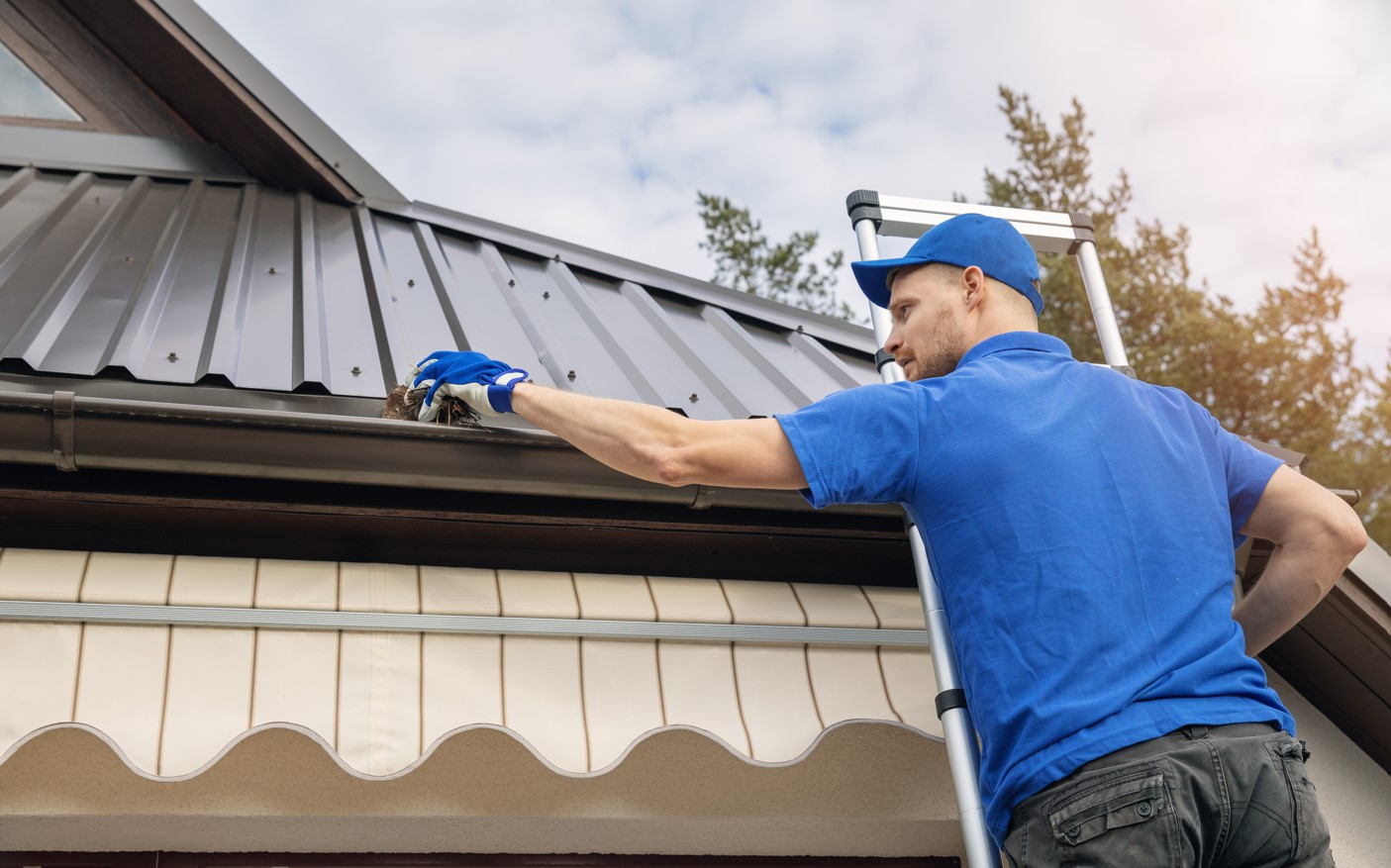
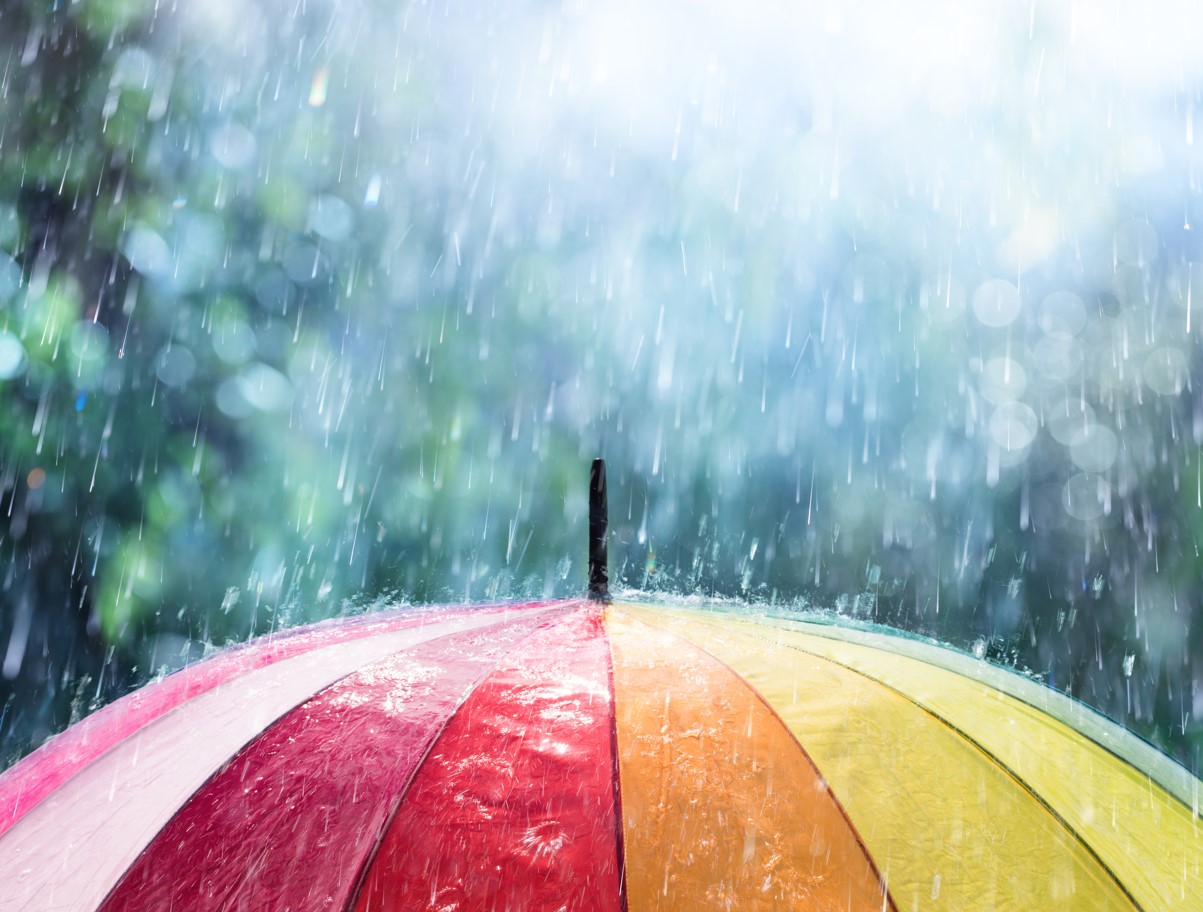
Esta tendencia se ha acelerado luego de estudiar lo que sucede en regiones áridas o semiáridas, con escasos chaparrones o tormentas, que provocan una sequía que pone en riesgo, no sólo la producción agrícola sino también la vida de animales y de seres humanos. Por ello, existe un creciente interés en esta opción de bajo costo que, a diferencia de un método como la irrigación que ha demostrada ser costoso y no termina de beneficiar a todos los que la utilizan, posibilita evitar el escurrimiento que provoca erosión en el suelo, para captarla y utilizarla de manera eficiente.
Por otra parte, se ha revelado como una herramienta fundamental en poblaciones que no tienen fácil acceso al vital elemento y al captar el agua de la lluvia, de forma correcta, para su uso doméstico y el consumo humano, permite satisfacer las necesidades básicas de la población.
En ese sentido, Josué Lomeli, experto mexicano del Instituto de tecnología del Agua, explicó en un documento que “el área de captación del agua de lluvia es el techo de la vivienda el cual debe tener una pendiente adecuada para que se facilite su escurrimiento hacia el sistema de recolección”.
Para Roberto Alzamendi, investigador ambiental byjus.com, “en todos casos la recolección hídrica implica el almacenamiento con la ayuda de sistemas diseñados artificialmente que se escurren de manera natural o en áreas de captación fabricadas por el ser humano, como la azotea, donde el tipo de techo, su pendiente pero, también, sus materiales conjuntamente con la frecuencia, cantidad y calidad de las lluvias son determinantes para alcanzar los objetivos propuestos de recolección”.
El material del techo es un punto importante para Lomeli quien argumenta, “debe ser de materiales que minimicen la contaminación del agua al entrar en contacto con ellos, por ejemplo, se debe utilizar, concreto o lámina galvanizada. El producto del aguacero captado debe ser, luego, conducido a las canaletas y, posteriormente, es derivado a la tubería de bajada que transporta el agua hasta el sistema de almacenamiento. El conjunto de tuberías se denomina línea de conducción”.
En las grandes ciudades la captación de las precipitaciones puede realizarse con inversiones pequeñas porque las áreas expuestas a los aguaceros son, por lo general, impermeables. La línea de conducción puede ser de lámina o PVC.
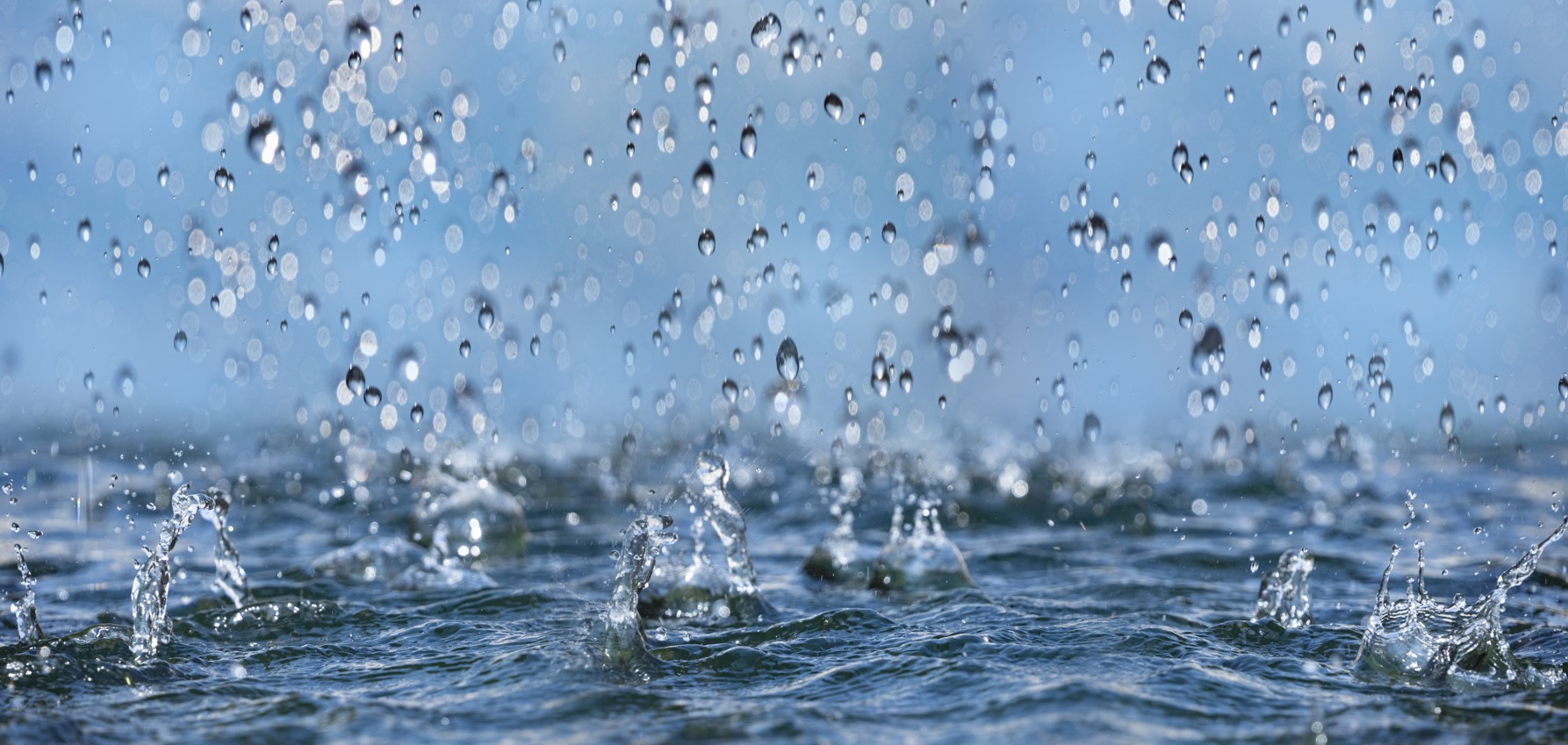
Ahora bien, del conjunto de tuberías se pasa al sistema de almacenamiento compuesto por sistemas modulares realizados con material impermeable para evitar la pérdida de agua por transpiración o goteo y preservase del ingreso de polvo, luz solar, insectos que depositen sus larvas o patógenos y agentes contaminantes.
Por ese motivo es vital que la línea de conducción posea un filtro para retener, en principio, ramas, hojas, polvo y cualquier material indeseable que no queramos que lleguen al sistema de almacenamiento y contaminen el agua. Además, este filtro que separa el material que no debe ingresar a los tanques, permite evitar, adicionalmente, que se tapen las cañerías.
El recurso pluvial que se encuentra almacenado en los tanques está listo, de esa manera, para ser utilizado para riego o limpieza. Es importante señalar que, tanto para el ingreso como para la descarga de agua, se debe contar con mallas para evitar el ingreso de insectos y alimañas, y deben estar dotados dispositivos para el retiro de agua manufacturados por un material inerte, hormigón armado, polietileno o acero inoxidable.
Es recomendable la incorporación de un vertedor, que es la estructura de una obra hidráulica de almacenamiento por la que se descargan los volúmenes que exceden la capacidad del embalse, con el objetivo de evitar fallas de funcionamiento producto de posibles desbordes.
Finalmente, es necesario resaltar que si se quiere utilizar el agua de lluvia para consumo humano ésta deberá ser sometida a un proceso de potabilización para asegurar su inocuidad. Hervirla, es siempre, el mejor recurso.
Entre sus beneficios se hallan los enumerados anteriormente, es una tecnología relativamente fácil de operar, reduce la erosión del suelo, es una excelente fuente de recursos para el riego y la limpieza de hogares y viviendas y, además, es menos costosa que otros sistemas y permite reducir la demanda y la factura de agua.
Son grandes beneficios que pueden ser opacados levemente por factores como, lluvias intermitentes o impredecibles, dificultades en el proceso de almacenamiento y la necesidad de mantener periódicamente las instalaciones para no atraer insectos como los mosquitos que transmiten virus que generan enfermedades.
El aprovechamiento del agua de lluvia es un fenómeno extendido en los cinco continentes. De esa manera podemos anotar que en Europa, en naciones como Inglaterra o Alemania, aprovechan el agua de la lluvia en edificios que cuentan con estos sistemas de recolección, para utilizarla con fines sanitarios.
En América, mientras que en Canadá el estado subsidia proyectos de construcción que permitan la captación, en los Estados Unidos, hay algunos territorios que cuentan con una legislación que exige la gestión del agua de lluvia, como sucede en California.
En Centro América se trata de una tecnología requerida para labores agrícolas y en Brasil, en el nordeste del país Latinoamericano, existe un programa entre la sociedad civil y la administración gubernamental para construir un millón de cisternas de almacenamiento del recurso pluvial en un período de cinco años.
En Oceanía, Australia posee estados donde es muy común esta técnica para uso doméstico de limpieza y para la ganadería. En África, la preocupación pasa por abastecer con este sistema a las comunidades rurales de países como Zimbawe o Kenia. Mientras, que en el continente asiático, se han registrado experiencias exitosas en Japón y en Singapur y en India, que se la utiliza, principalmente, como un recurso para las comunidades agrícolas.
En todos los casos, la bendición que llega desde el cielo, es entendida como una alternativa al uso de los recursos hídricos de los países que están, cada año que transcurre, más estresado.


